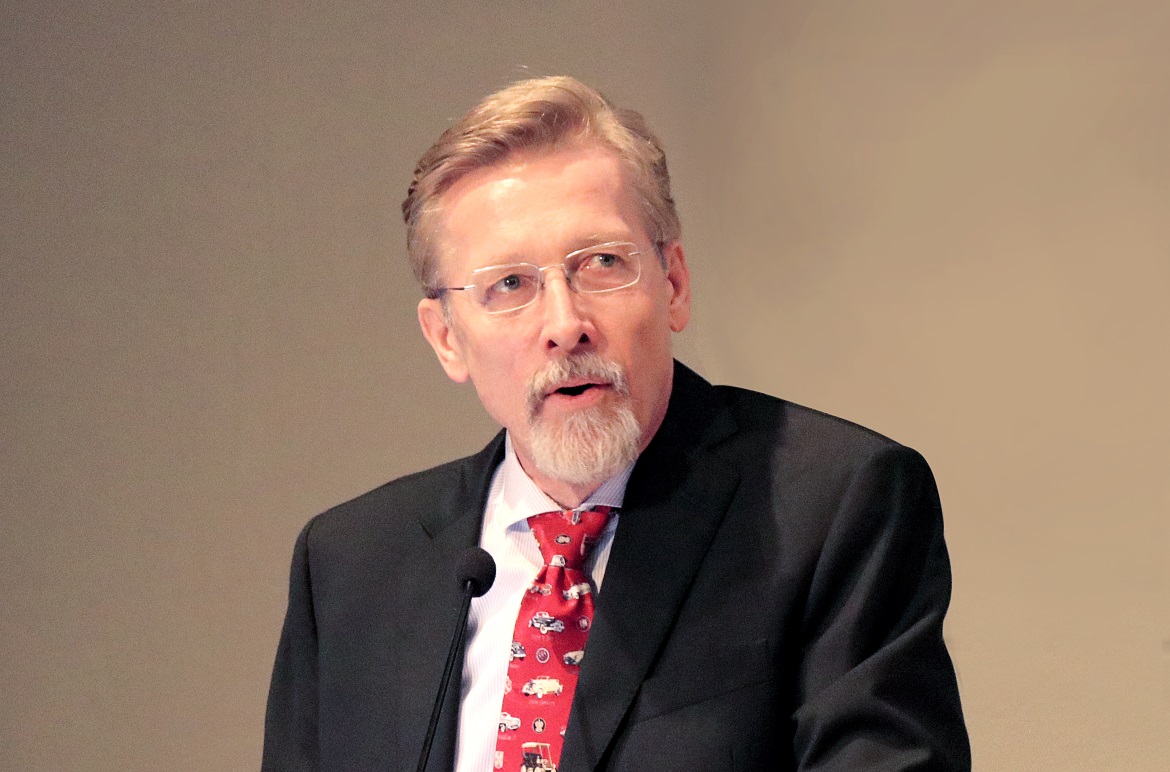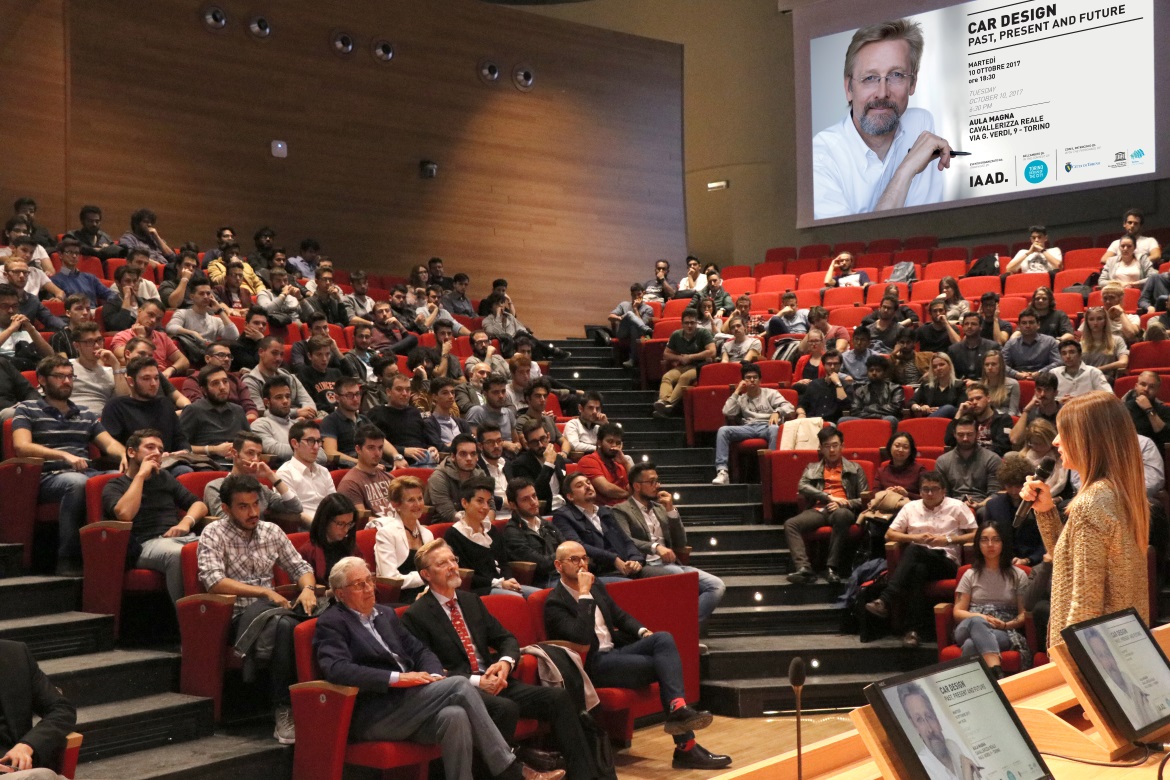Think out of the box by changing the approach that underlies the concept of the car, only then can we talk about the future. That’s how Chris Bangle began his talk on the theme “Car Design Past Present and Future” during a conference organised by the IAAD to welcome him as new director of the Transportation Design Department.
Bangle’s invitation to students is for them to get out of their “comfort zone” “safe haven of every designer”, and plunge into the exploration of styles and forms as yet unknown. “Sit down at your desk and try doing a map of car design on a blank sheet of paper. You will discover that there are principles today that we assume to be fundamental rules but which can actually be changed. For example, we are persecuted by symmetries and proportions”, but looking at the Citroen 2CV done by Andy Saunders, inspired by Pablo Picasso’s Retrato de Dora Maar, “I’ve had yet another confirmation of how beauty can be disproportionate”, Bangle said. Continuing to behave as we do today, the risk is a generalised creative flat-lining making products hard to recognise and standardising aesthetic tastes. “What’s amazing is that very often products with completely different uses are very similar in style”, continued the American designer.
Form must detach itself from function to follow meaning, the real revolution in mobility will only happen when we understand that the real purpose of a vehicle is to satisfy the user’s needs. And this is not any old cliché about division into categories because “take a thousand human beings and you will find a thousand different needs”. The great transformation of cars in the future will only happen if we can change the way they are designed, otherwise “we will have failed as designers”, Bangle concluded.













